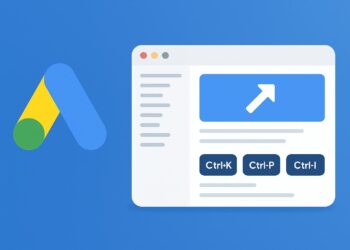Modern link acquisition blends digital PR with strict spam policies. Test how to earn coverage and qualify links safely in 2025.
What is Google’s 2025 guidance for qualifying paid or sponsored outbound links?
Add rel=”follow” so Google counts them strongly.
Use rel=”sponsored” (and combine with nofollow if appropriate).
Use rel=”canonical” on the paid link.
Hide paid links with JavaScript to avoid detection.
As of 2025, how does Google treat rel=”nofollow”, “ugc”, and “sponsored” for ranking?
They guarantee full PageRank transfer.
They are signals treated as hints rather than absolute directives.
They force deindexing of the target page.
They are always ignored completely by Google.
Which practice risks a manual action under 2025 spam policies?
Earning a citation in a major newspaper organically.
Adding rel=”ugc” to forum posts.
Linking to official sources for attribution.
Buying links without proper qualification or disclosure.
What is a core objective of digital PR in 2025 according to industry guidance?
Automate mass guest posts with exact‑match anchors.
Earn authoritative, relevant coverage that naturally attracts links.
Build sitewide footer links from unrelated blogs.
Spin press releases for scale and embed hidden links.
Which anchor strategy aligns with 2025 best practices?
Use contextually relevant, natural anchors within editorial coverage.
Invisible anchors styled to 1px font.
Exact‑match anchors across every placement.
Anchors stuffed with 5 keywords separated by pipes.
Which statement about link velocity is consistent with 2025 coverage?
Sudden unnatural bursts from low‑quality sources can be risky.
Velocity is the only factor Google uses for manual actions.
Any rapid spike proves the links are natural.
Google bans sites that gain viral links from major outlets.
In 2025, what should you do with links in user‑generated content areas like forums?
Cloak outbound links to pass PageRank secretly.
Add rel=”canonical” to the external URL.
Allow dofollow by default for engagement.
Mark them with rel=”ugc” and moderate for spam.
What does the 2025 landscape suggest about algorithmic PR for link earning?
Only private blog networks can produce authority links.
Anchor text repetition is the primary success driver.
Multichannel stories that perform on search, social, and video earn higher‑quality links.
Quantity over quality is the winning strategy.
According to 2025 reporting, which policy has impacted manipulative third‑party content on reputable sites?
Robots.txt migration policy.
Mobile‑friendly test deprecation policy.
Site reputation abuse policy enforcement.
AMP validation for Top Stories policy.
What is an endorsed way to earn links in 2025 without violating spam policies?
Trade sidebar sitewide links with unrelated blogs.
Publish original, newsworthy research that earns editorial citations.
Pay for links and hide them as ‘edits’.
Mass‑submit AI‑spun articles to article directories.
Starter
Starter: Label sponsored/UGC links correctly and avoid manipulative paid schemes.
Solid
Solid: Pitch newsworthy ideas to earn contextual editorial coverage and citations.
Expert!
Expert: Run multichannel PR that scales authority links without violating spam policies.
Starting your prep with Link-Building in an Algorithmic PR World Interview Questions will help you explain how to earn valuable backlinks in today’s automated landscape. Check out our SEO-focused interview question series to master foundational outreach strategies. Then hone your crawl management approach with the Crawling Budgets Prioritising Large Sites Q&A, explore device-based indexing fixes in the Mobile-First Indexing Misconfiguration quiz, and dive into real-time discovery tactics via the News SEO Indexing Speed & Top Stories Carousel challenge. Working through these interview questions will give you the confidence to discuss modern link-building with clarity.








